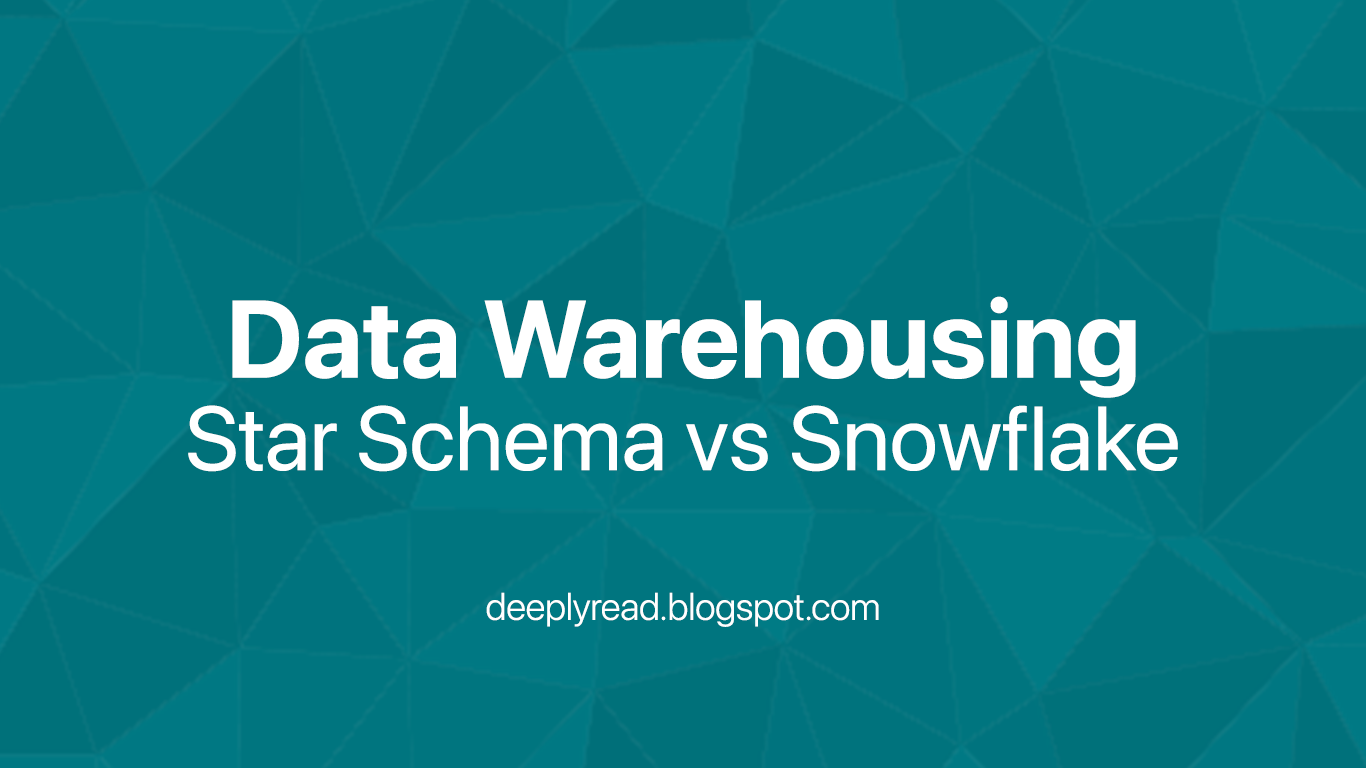In data warehousing, two common methods for organizing and structuring data are the star schema and the snowflake schema. Both of these schemas are used to design data warehouses and provide a way to model and analyze business data.

Star Schema
A star schema is a type of data modeling technique used in data warehousing. In a star schema, data is organized around a central fact table, with dimension tables connected to the fact table. The fact table contains the measures or facts that are used to analyze the business, while the dimension tables provide context for the facts. A star schema is called a “star” because the dimension tables are connected to the fact table, creating a star-like shape.
One of the main advantages of the star schema is its simplicity and ease of use. Queries can be optimized for performance and querying the data is straightforward. Star schemas are also ideal for data warehousing systems that require fast query response times, as the simple structure of the schema makes it easy to index and optimize the data for performance.
Snowflake Schema
A snowflake schema is a type of data modeling technique used in data warehousing. In a snowflake schema, dimension tables are normalized and stored in multiple related tables. This normalization makes the data more flexible and allows for more detailed information to be stored in the dimension tables. Unlike the star schema, the dimension tables in a snowflake schema are connected to the fact table through multiple joins, giving the schema its snowflake shape.
One of the main advantages of the snowflake schema is its ability to handle more complex data relationships. Normalization of the dimension tables makes it easier to handle changes to the data and to add new data without having to restructure the entire schema. Snowflake schemas are also ideal for data warehousing systems that require more detailed data and have less stringent performance requirements.
In conclusion, both star schemas and snowflake schemas have their own strengths and weaknesses, and the choice between the two will depend on the specific requirements of the data warehousing system. Star schemas are well suited for data warehousing systems that require fast query response times and simple data relationships, while snowflake schemas are ideal for data warehousing systems that require more complex data relationships and detailed data.